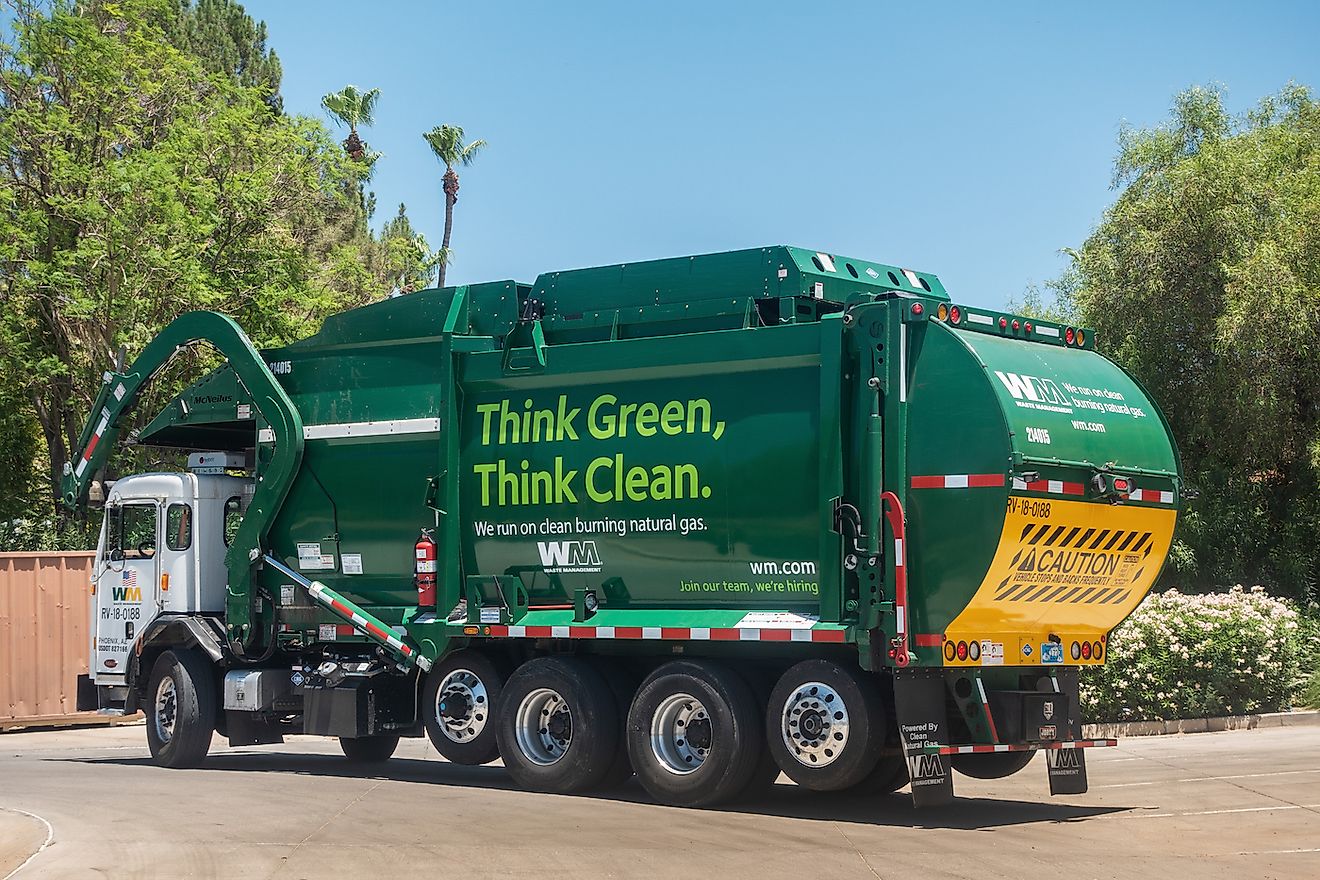How Much Waste Does US Produce Compared To The Rest Of The World?

- The Average American makes 4.4 pounds of trash each day.
- The average global citizen produces 2.6 pounds of trash a day.
- The US produces 33% of the world's solid waste.
Over thirty years ago, the Environmental Protection Agency (EPA) began collecting and reporting data on waste. The agency used this data to look at how much waste the U.S. generated and what municipalities choose to do with their waste. Over the years, the information the EPA found was startling. The US makes up about 4% of the world’s population but produces 12% of its trash. The average American throws away 4.4 pounds of trash each day, which is almost twice as much as the global average of 2.6 pounds each day. That amounts to about 29 pounds per week, and 1,600 pounds per year from the average American. Americans together generate around 700,000 pounds of trash a day that can fill 60,000 garbage trucks.
The Giant Waste Generator
The United States has an efficient sanitation system. It is so efficient that the system can get rid of trash by throwing it in a landfill or paying another country to throw it in their landfills. The US has over 2,000 landfills and thousands of inactive ones. Each year, the amount of paper thrown away can be used to build a 12ft. wall extending from New York to Los Angeles. Annually, 300 laps can be made around the equator with the amount of paper, plastic cups, forks, and spoons Americans throw away.
Until now, China was importing America's recyclables that would be used to make shoes, bags, and other recycled products. Recently though, China put new restrictions on what they would take including not taking mixed paper, magazines, office paper, junk mail, and most plastics. Within the United States many waste management companies are telling municipalities that there is not a market for using recycled products anymore. Cities, counties, and towns must now choose between paying higher rates to get rid of recyclable products or stopping the recycling program altogether. This is also contributing to additional problems for the country.
Organic waste in a landfill decomposes to produce greenhouse gases like methane, which are detrimental to the environment. Now, landfills are leading methane generators in the US. Burning plastic does create energy but it also contributes significatly to carbon emissions.

Electronic Waste
The United States produces over 3.2 million tons of electronic waste annually including computers, monitors, and televisions. Only 25% of electronic waste is recyclable and 70% of metals found in US landfills come from electronic devices. Common materials found in e-waste are lead and lead-acid. Lead leaches into water and soil which can lead to devastating effects on the environment and serious health problems by entering the food chain. Mercury, beryllium, and chromium are also detrimental in nature.
Leading A Green Lifestyle Is Key To Waste Reduction

There are many ways to reduce the amount of waste generated. Anyone who uses a plastic straw can switch to bamboo or stainless-steel straws. Use a reusable water bottle to fill your liquids. Gardeners may want to think about starting a compost bin to discard the fallen leaves and leftover food. School or work lunches can be packed in a reusable lunch bag or lunch box. Efforts can also be made to consume less so that there is less waste. Purchase products with less packaging so there is less trash to throw away. Each household can play a game to see how little trash each member in the household makes.











